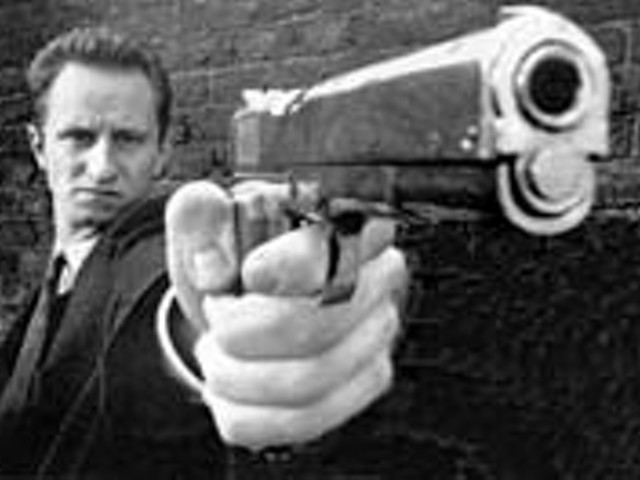When it comes to the technology of movie presentation, the future is already here. Surprisingly, it isn't the megaplex that's leading the way, but increasingly sophisticated home theaters, where the DVD represents the convenience, flexibility and high-end audiovisual standards we've grown to expect.
Add a DVD player to other increasingly elaborate home technology — televisions wired to satellite dishes and computers accessing the seemingly infinite Internet — and we've reached the point where we routinely process mind-boggling amounts of visual data.
How does this affect how we watch movies? We can now easily piece together fragmented narratives and accept a flow of information that doesn't necessarily subscribe to linear logic. To understand how movies themselves have changed in response, look no further than two sci-fi hits from this past year: The Matrix and Star Wars: Episode 1 — The Phantom Menace.
If The Phantom Menace had actually been the first Star Wars movie, it wouldn't have generated even a fraction of the hysteria — because despite state-of-the-art computer-generated imagery it is, narratively speaking, a dinosaur.
With this series, 55-year-old George Lucas is making his own version of the adventure serials he watched as a kid. Everything in the Star Wars films is straightforward, a morality based on black-and-white extremes. There are heroes and villains; freedom and self-determination do righteous battle against tyranny and enslavement, and the Force provides an undercurrent of harmony and balance. In a galaxy far, far away, Lucas creates a metaphoric universe that presents Americans as we like to see ourselves: confident, brave, idealistic, fair-minded, tolerant, the stalwart defendants of the oppressed.
The Matrix presents a completely different vision. This bleak, post-apocalyptic, sci-fi noir challenges our perception of reality itself. The Wachowski brothers (Andy, 31, and Larry, 34) show that the exterior comfort and order of America is a cruel illusion, and only a few people know the painful truth: that we've ceded our individuality to a monolith which sucks the very life out of us in order to perpetuate this illusion.
Phantom Menace's chosen one is a child who'll be seduced by evil only to be redeemed when his offspring put things right again. Neo, The Matrix's messiah, exists to bring our worst fears into the light, followed by an uncertain future.
The centerpiece of Phantom Menace is a space buggy race that's just a juiced-up version of the chariot race in Ben-Hur, a surefire crowd pleaser which dates back to prefilm stage productions. The martial arts duel in The Matrix is in a more recent movie tradition, but how it's done is what really sets this film apart. This showdown plays more like the action of a sophisticated video game — complete with its own peculiar laws of physics and anything-can-happen vibe — than a choreographed movie brawl.
During the spring, The Matrix had a healthy box office run prior to the Star Wars onslaught. By autumn, it was released not just on videotape, but on an inexpensive DVD whose dizzying array of options extends beyond the television set to the DVD-ROM computer format. The forward-thinking Wachowskis show how having faith in a techno-savvy movie audience can pay off.
So where is Star Wars in all this? The original trilogy is not yet available on DVD, and The Phantom Menace is being rereleased in theaters right in the middle of the holiday movie glut. George Lucas has been on the cutting edge for so long that he's failed to realize that, right now, his moment has already passed.





